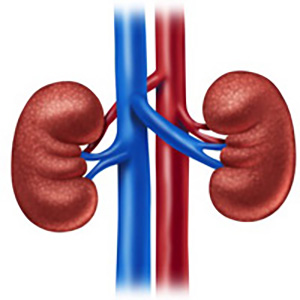Determinants of renal papillary appearance in kidney stone formers: An in-depth examination

Accepted: August 20, 2022
All claims expressed in this article are solely those of the authors and do not necessarily represent those of their affiliated organizations, or those of the publisher, the editors and the reviewers. Any product that may be evaluated in this article or claim that may be made by its manufacturer is not guaranteed or endorsed by the publisher.
Authors
Objectives: The aim of this study is to investi-gate the association between the urinary metabolic milieu and kidney stone recurrence with a validated papillary evaluation score (PPLA).
Materials and methods: We prospectively enrolled 30 stone for-mers who underwent retrograde intrarenal surgery procedures. Visual inspection of the accessible renal papillae was performed to calculate PPLA score, based on the characterization of ductal plugging, surface pitting, loss of papillary contour and Randall’s plaque extension. Stone compositions, 24h urine collections and kidney stone events during follow-up were collected. Relative supersaturation ratios (RSS) for calcium oxalate (CaOx), brushite and uric acid were calculated using EQUIL-2. PPLA score > 3 was defined as high.
Results: Median follow-up period was 11 months (5, 34). PPLA score was inversely correlated with BMI (OR 0.59, 95% CI 0.38, 0.91, p = 0.018), type 2 diabetes (OR 0.04, 95% CI 0.003, 0.58, p = 0.018) and history of recurrent kidney stones (OR 0.17, 95%CI 0.04, 0.75, p = 0.019). The associations between PPLA score, diabetes and BMI were not confirmed after excluding patients with uric acid stones. Higher PPLA score was associated with lower odds of new kidney stone events during follow-up (OR 0.15, 95% CI 0.02, 1.00, p = 0.05). No other significant correla-tions were found.
Conclusions: Our results confirm the lack of efficacy of PPLA score in phenotyping patients affected by kidney stone disease or in predicting the risk of stone recurrence. Larger, long-term studies need to be performed to clarify the role of PPLA on the risk of stone recurrence.
How to Cite

This work is licensed under a Creative Commons Attribution-NonCommercial 4.0 International License.
PAGEPress has chosen to apply the Creative Commons Attribution NonCommercial 4.0 International License (CC BY-NC 4.0) to all manuscripts to be published.

 https://doi.org/10.4081/aiua.2023.10748
https://doi.org/10.4081/aiua.2023.10748



